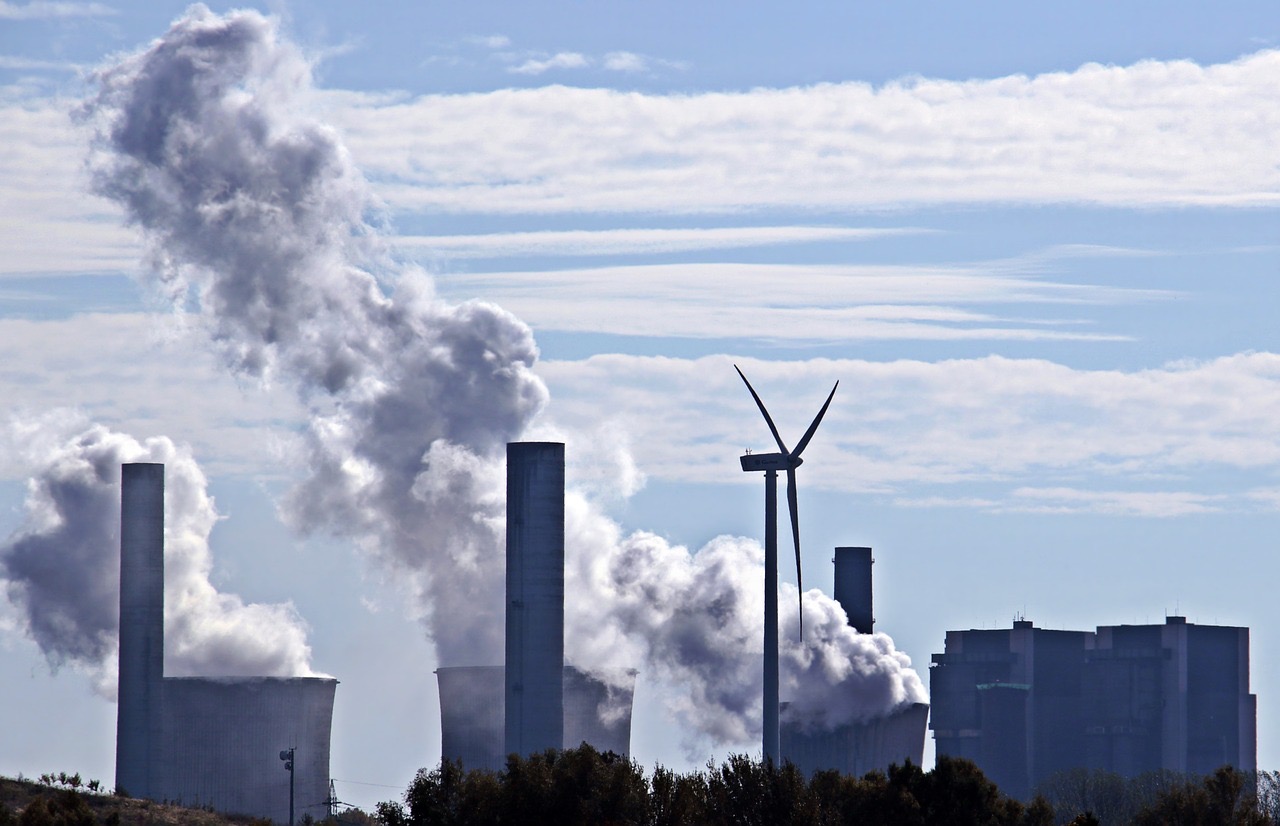Air pollution can cause severe health risks to people. According to the World Health Organization, about 4.2 million people around the world die due to different diseases linked to it. Outdoor air pollution and other pollutants account for illnesses and deaths from acute lower respiratory infection (17%), stroke (24%), ischemic heart disease (25%), lung cancer (29%), and chronic obstructive pulmonary disease (43%).
The gravity of its effects depends on various factors. These include the type of pollutant, length of exposure and the overall health condition of the individual. Those who have a stronger immune system and are generally healthy may not have severe effects as compared to those with weaker health. However, more prolonged exposure to pollutants may still affect even those who live a healthy lifestyle. According to an article posted at Spare the Air, some of the symptoms that even healthy individuals may experience are breath shortness, chest tightness, coughing, and irritation to the throat, nose and eyes.
Below are different types of pollutants and their health risks:
• Suspended particulate matter or SPM. It’s one of the most common pollutants that affect people from around the world daily. SPM includes smoke, mist, fumes and dust. They are composed of chemicals that include arsenic, nickel, and lead; which, when ingested, may cause respiratory and lung problems.
• Sulphur Dioxide. This type of pollutant is caused by the continuous increase in fossil fuel combustion. Breathing sulphur dioxide may lead to breathing difficulty and other lung problems.
• Carbon monoxide. It’s one of the known pollutants and some of its sources are motor vehicles, boilers, heaters and dryers. When it combines with haemoglobin in the system, it lowers the oxygen level distributed to different organs of the body like the brain and heart. Some of its effects are confusion, slow reflexes and lack of focus.
• Nitrogen oxide. It affects children more, and it makes them more at risk of respiratory diseases, especially during the winter season.
• Ozone. It increases the risks of pneumonia and colds. It’s also linked to respiratory problems like asthma. When exposed to ozone gas, your eyes may water, burn, or itch.
• Radon. It is a radioactive gas from the soil and rocks under the home. Exposure to this kind of pollutant may cause lung cancer.
• Lead. Little kids are more at risk of severe health problems if exposed to lead, although adults are also susceptible to it. It may cause lung cancer, digestive problems and nervous system damage.
• Formaldehyde. Some of the effects of being exposed to formaldehyde are allergies, and nose and eye irritation.
• Volatile organic compounds. Minor effects include throat, nose, and eye irritation, while more adverse effects are coordination loss, nausea and headache. Long term effects include damage to different organs, including the liver.
• Biological pollutants. These pollutants may cause various allergic diseases and also fever and asthma.
• Tobacco smoke. It’s one of the leading causes of health problems globally. It’s not only the person smoking who is affected by smoke but those people around them that breathe it. Its effects include cancer, asthma, bronchitis, and other lung problems.
With all the harmful effects of air pollution, it’s time that you take part in cleaning the air. One of the things to help combat it is through the use of a green wall. Compared to passive plants, it is more effective in cleaning air both indoors and outdoors. It’s an excellent investment for homes, companies, and communities.




